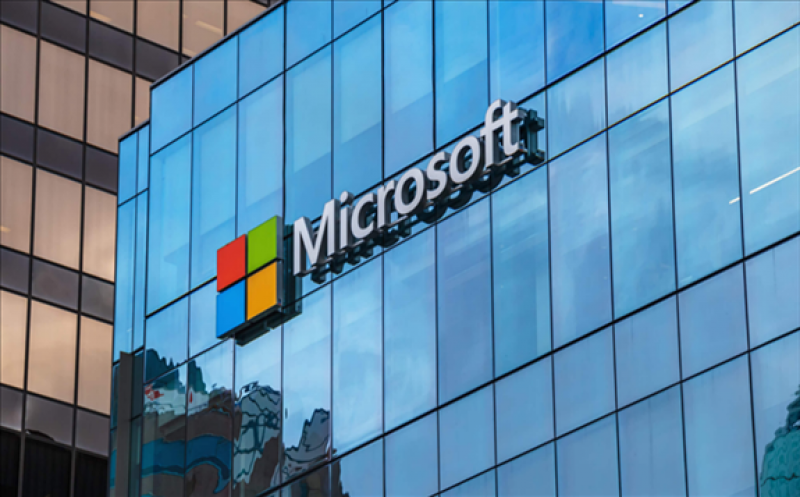Founded by Bill Gates in 1975, at a time when most Americans used typewriters, Microsoft forged a path towards clean energies and greener future last year when it unveiled plans to be carbon negative by 2030. By 2050, Microsoft has committed to remove from the environment all the carbon the company has emitted, either directly or by electrical consumption, since it was founded – a momentous goal!

As well as unveiling its carbon neutrality plans, Microsoft also announced in July 2020 that it was trialling hydrogen fuel cells for backup power at its datacentres – a move that really set the stage for what every technology company around the world could achieve with clean fuels if they put their minds to it.
Whilst the company’s involvement in hydrogen may seem recent, the behind-the-scenes work leading up to such announcement was years in the making.
“We’ve [Microsoft] been working on fuel cells for quite a while now. I think as far back as 2013 we were doing tests already, and even before that we were thinking about it,” Christian Belady, distinguished engineer and Vice-President of Datacentre Advanced Development at Microsoft, told H2 View.
“Back then, it was all about solid oxide fuel cells (SOFC), which are natural gas-based fuel cells. At that moment in time, we were really interested in how we can actually scale power generation with our demand and also simplify the whole datacentre ecosystem. So what we were looking at was how to scale our power demands, but make less impact.”
Over the course of 48 hours in June 2020, the trials comparing clean, green hydrogen technologies to traditional high-emitting diesel generators begun – and the results were magnificent.
Also present on the call and sharing his hydrogen experiences whilst at Microsoft was Mark Monroe, Principal Infrastructure Engineer on Microsoft’s team for Data Centre Advanced Development.
Speaking about the trials, he said, “Data centres typically will back up the systems for 12 to 48 hours. Although in the recent power outages in Texas in February, some data centres ran for 72 hours because of unstable power.
“Our testing all went great. In fact, we published the article in July of last year and we said in there that we wanted to move ahead because those trails were 250kW of power, and we’re going to move up to a 3MW test this calendar year. We are in the process of doing that.”
Highlighting why 3MW as a number is so important, Monroe continued, “3MW is really the scale that we need…